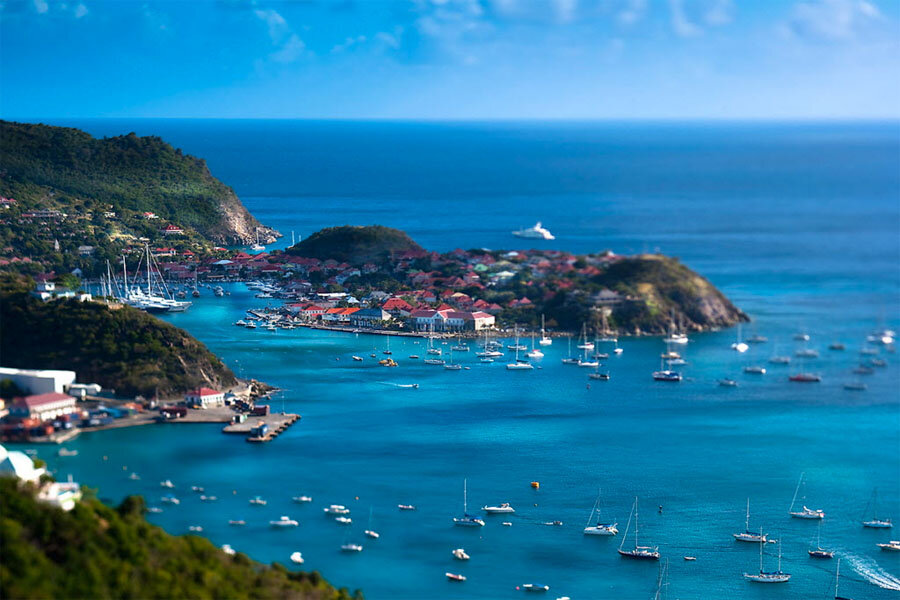Like the Galápagos, only for linguists
Loading...
How many languages fit on an island? It depends on the island. On St. Barths, in the Caribbean, four distinct languages persisted for 250 years among just a few thousand people.
St. Barths is not just a fashionable tourist destination. It’s a living laboratory for scholars studying how languages are preserved or lost. It’s like the Galápagos Islands, in other words, only for linguists.
I read about this intriguing place in Julianne Maher’s 2013 book, “The Survival of People and Languages: Schooners, Goats and Cassava in St. Barthélemy, French West Indies.”
Today St. Barths is a French territory of eight square miles and about 8,000 people. Professor Maher’s map shows the island’s four sections with their languages: St. Barth Patois in Sous le Vent (the leeward, or western, end); St. Barth Creole in Au Vent (the windward, or eastern, end); “Saline French,” named for local salt ponds, in the center; and English in Gustavia, the capital, built by internationally minded Swedes.
The first three languages, all derived from French, are not generally mutually intelligible. Islanders from one section do not normally speak the other’s lingo.
The “schooners, goats, and cassava” of Maher’s title symbolize three traditional communities on St. Barths – seafarers, herdsmen, and farmers. Each has historically had little contact with the others. These communities are highly “endogamous” – marrying within the group. But each has been so isolated from the others that after just a few centuries they have different blood types. It was this isolation, though, and a tradition of oral culture, that produced their three languages.
As Maher relates, St. Barths was first settled in 1648 by French colonists who came from nearby St. Christopher but were mostly originally from Normandy. The Swedes controlled the island from 1784 to 1878: Like someone trading properties in a game of Monopoly, they got the Caribbean island in exchange for having given up their North American beachhead in what is today Delaware. In 1878, the Swedes, finding St. Barths too expensive to maintain, like a second home, returned it to the French.
Maher, who first visited St. Barths in 1986, writes with an awareness of reporting on phenomena that are vanishing almost as she writes. Many of those she interviewed have since died.
After the Rockefellers and the Rothschilds discovered St. Barths in the 1960s, the usual development woes ensued, but so did some prosperity for the locals.
And the prosperity of their languages? Standard French has gained as island parents have – finally – come to value formal education. French is even crowding English out of Gustavia. Saline French is in sharp decline. So is St. Barth Creole, partly because it seems an inferior form of standard French. St. Barth Patois, however, “seems to retain still its value as a mark of St. Barth identity.”
It is isolation – literally “the state of being on an island” – that caused these three dialects to develop. And it is connection that is putting them under strain.







